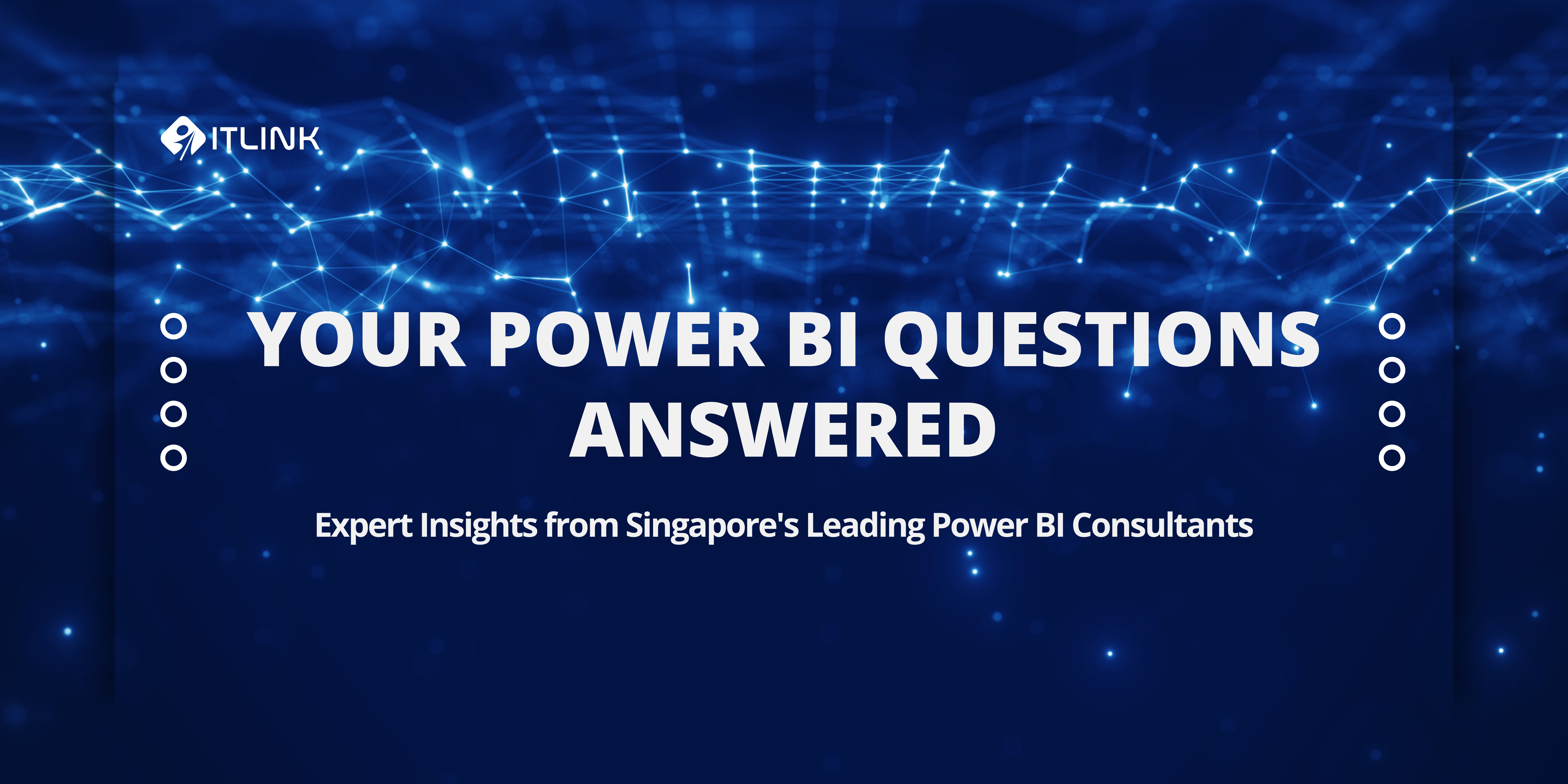
Whether you’re exploring Power BI as a potential solution or looking to enhance your existing implementation, understanding best practices can significantly impact the value you derive. In this article, we’ve gathered answers to your Power BI questions to help you decide if it’s the right business intelligence tool for your company.
Power BI is built to accommodate the needs of both small businesses and large enterprises, making it a tool that evolves with your organization:
Power BI’s ability to integrate with a wide range of tools is a standout feature, particularly for organizations already invested in Microsoft’s ecosystem:
One of Power BI’s most attractive features is its cost structure, which ensures accessibility for businesses of all sizes:
A cloud-based platform for enterprise-wide distribution and collaboration on dashboards and reports. It ensures secure, governed access to real-time analytics, supporting large teams and global operations.
A robust data transformation engine connecting to diverse sources and ensuring consistent, reliable data quality at scale. It simplifies data prep processes so analysts can focus on generating insights rather than wrangling data.
An advanced data modeling component that efficiently handles massive datasets and complex calculations. It leverages DAX to create scalable semantic models, enabling teams to rapidly derive business insights from large, disparate data sources.
A natural language query tool that understands everyday questions and instantly produces relevant visuals. It reduces bottlenecks by helping users find answers themselves, eliminating reliance on specialized analysts for every inquiry.
A dynamic visualization tool that swiftly produces intuitive charts, tables, and slicers for interactive exploration. It empowers decision-makers to navigate and drill down into large datasets without requiring technical expertise.
A geo-spatial visualization tool that plots enterprise data on 3D maps, revealing trends across regions and time. It helps multinational teams understand geographic patterns, aiding strategic decisions like market expansion and resource allocation.
Power BI’s interface and workflows resemble familiar Microsoft applications, easing adoption and accelerating report development for those already comfortable with products like Excel.
Power BI’s licensing often integrates with existing Microsoft subscriptions, making it cost-effective for organizations leveraging Office 365 and Azure, while competitors may require separate, more expensive standalone plans.
Power Query, built into Power BI, offers an accessible, step-by-step data transformation process without needing extra tools, whereas other platforms may involve more intricate procedures or external applications for data wrangling.
For organizations ready to embrace Power BI and unlock deeper insights from their data, reach out at info@itlink.com.sg to explore how we can support your implementation, If you're currently a TM1 user, consider our TM1 to BI tools connector that seamlessly integrates with platforms like Power BI, Tableau and Qlikview - visit our YouTube Channel for more details.